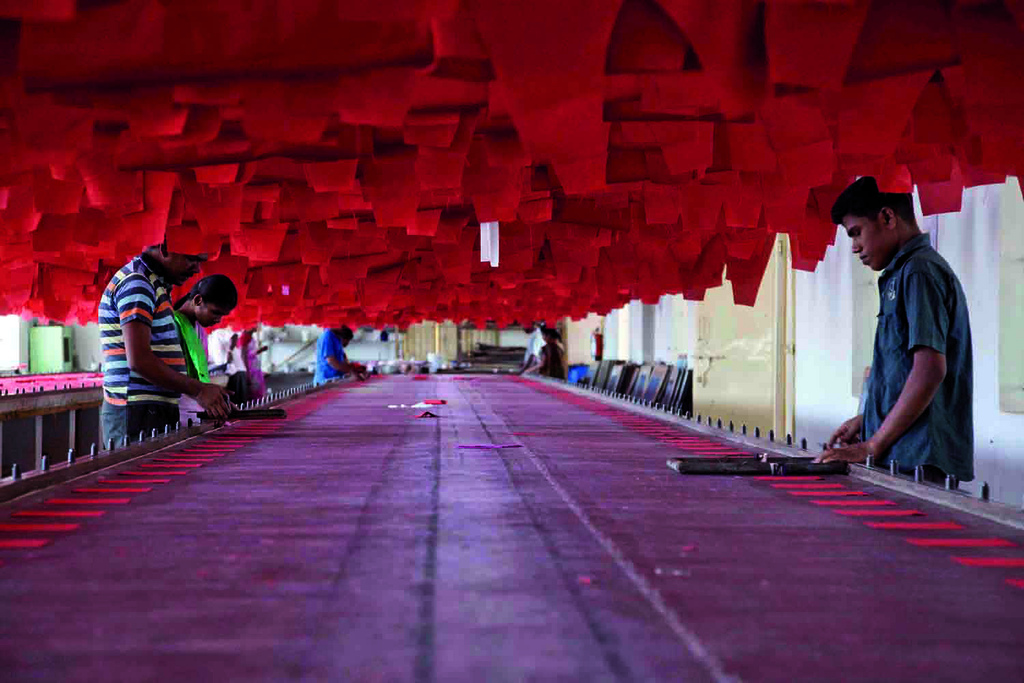
Textile sector under the grip of geopolitical and economic situations
Prof Seshadri Ramkumar suggests that both buyers and sellers must pay attention to global scenarios to have the situation under control.
Inflation induced economic stress and energy crisis are affecting the global textile sector.
There has been a change of guard in the United Kingdom with Ms Liz Truss, becoming the Prime Minister; direct impact of economic woes there, which resulted in the change in the party leadership.
Soaring energy and consumer products’ costs coupled with reduction in the disposable incomes in the United Kingdom and EU will impact the global textile industry. Additionally, strengthening of U S dollar will increase the price of gasoline paid by importing nations, and will put pressure on the debt repayment by developing countries like Sri Lanka and Pakistan, which are major textile manufacturing countries.
Rising cost of living, energy crisis, inflationary pressures, ongoing Russia-Ukraine war, mounting tensions between China and Taiwan are all contributing towards the slowing of the textile sector.
“Yarn enquiry is not there,” stated Velmurugan Shanmugam, General Manager of Aruppukkottai, India-based Jayalakshmi Textiles, a cotton spinning mill which has 72,000 ring spindles. Mills are forcing additional weekly holidays or reducing production in states like Gujarat, Andhra Pradesh and even in Tamil Nadu. “Our production has come down from 12 tonne/day to 8 tonne per day,” added Shanmugam.
While the issue surrounding high cotton and raw materials’ costs has occupied the textile industry for few months now, it is important to focus on the demand aspects. Demand of textile products has slowed down due to global geopolitical and economic situations. This is evident from the ongoing crisis conditions in the United Kingdom and Sri Lanka.
As stated Truss, priority is to tackle energy crisis so that cost of living raises can be controlled. Policies in near short term must tackle energy costs and allied issues to have control on the economy. If uncontrolled, analysts predict that inflation may spiral up to 13.3% by spring in the United Kingdom. Such dire economic situation may affect the sales of textile and other commodity items.
“Economic scenarios in Europe and elsewhere are affecting the textile industry in India. Even at Rupees 430/Kg for 60s Ne compact cotton yarns, there are not many takers. Mills incur a loss of Rupees 30-40/Kg at such prices,” agonised Shanmugam.
Textile and manufacturing sectors must adopt a new management paradigm, “Caveat Emptor et Venditor.” This indicates that both buyers and sellers must pay attention to global scenarios to have the situation under control. Industry should be cautious in their planning in terms of modernisation and non-essential capital expenditure. In my opinion, it is worthwhile to postpone such activities for a period of at least 18-months.
Burden rests in the hands of policy makers and central bankers of nations to have a good grip on their economy to avoid recession. Recessionary pressures along with higher input costs will have dire consequences for the industry.
Care needs to be exercised by the stakeholders of the textile industry. Fall-2022 will be an interesting one to watch, which will set the course for the global textile and manufacturing industry for next few years to come.
About the author:
Dr Seshadri Ramkumar is a Professor, Nonwovens & Advanced Materials Laboratory in Texas Tech University, Lubbock, TX, USA.




